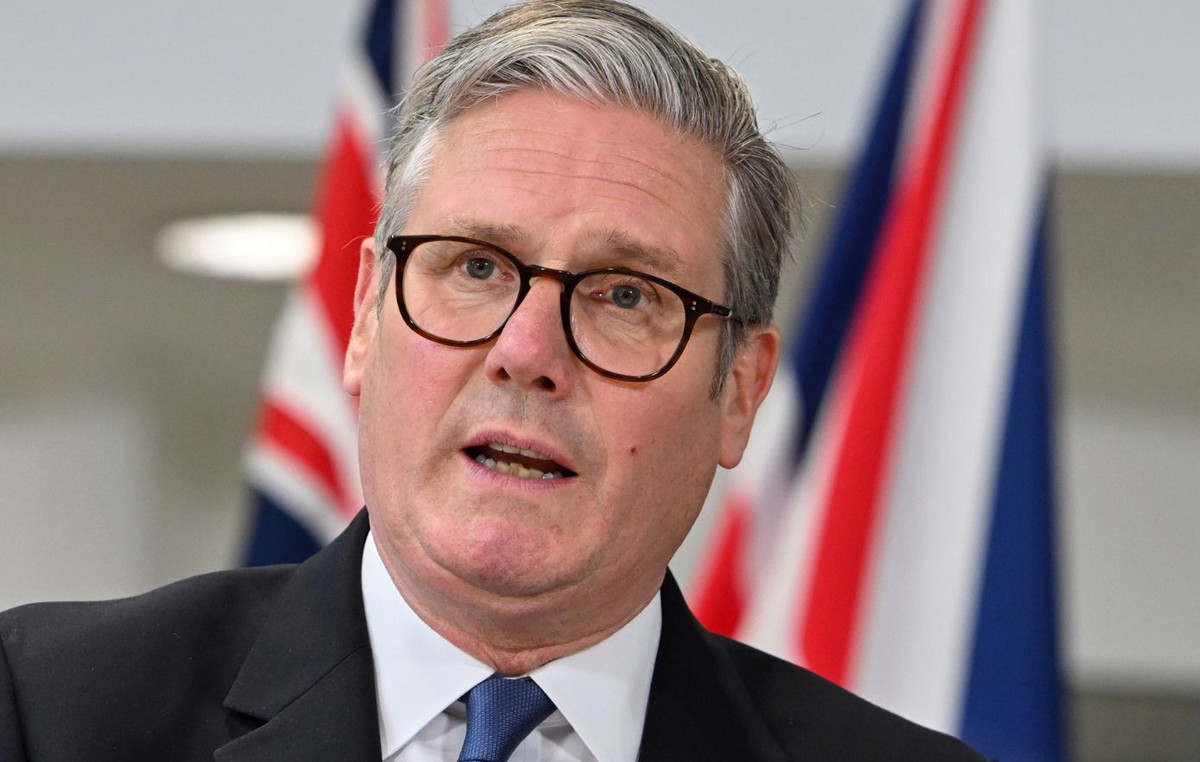- The Mexican Peso recovers marginally as the market turns optimistic, benefiting emerging market currencies.
- A possible resurgence of carry trade flows amid a weaker Japanese Yen and reduced domestic political risk are other factors supporting the Peso.
- USD/MXN is in the middle of an ‘abc’ pattern bullish movement.
The Mexican peso (MXN) rises on Tuesday, gaining about a quarter of a percentage point on its most traded peers. The positive risk appetite during the US sessions on Monday, which led to further gains for the S&P 500 stock index, may have been a factor supporting the Peso, as this tends to benefit market currencies. emerging.
A resurgence in carry trade flows could be another factor providing support to the Mexican Peso. This involves traders borrowing in a currency with low interest rates, such as the Japanese Yen (JPY), and purchasing a currency with high interest rates, such as the Mexican Peso. The difference between the interest earned on the investment in Pesos and that paid on the loan in Yen represents the profit discounting fluctuations in the exchange rate.
The outlook for the Japanese Yen (JPY) is not bright after the weekend elections saw the Liberal Democratic Party (LDP) coalition lose its grip on power. Opposition parties are generally against raising interest rates in Japan, which is weighing on the Yen and making the carry trade more attractive. Overnight, Yuichiro Tamaki, leader of the Democratic People’s Party of Japan (DPP), said he opposed further rate hikes by the Bank of Japan (BoJ).
The Mexican peso impacted by political risk
The Mexican Peso may also be finding support after the news that Mexican Supreme Court Justice Juan Luis González Alcántara Carrancá, a staunch opponent of the controversial judicial reforms the Sheinbaum administration is trying to implement, attempted a new tactic to block its implementation. The reforms allow for the election of judges rather than their appointment, but Carrancá argued on Monday that the creation of the “Evaluation Committees” used to preselect candidates for elections in the first step was unconstitutional in itself, according to El Financiero.
For context, the Peso depreciated more than 10% in value after the June elections in which Sheinbaum and his Morena party coalition obtained a supermajority in the Mexican Congress. Many Western investors worried about the consequences of the result, as it would allow the new government to make radical reforms to the constitution, which critics considered unfavorable to the market.
On the data front, the Peso has a busy week ahead, especially with Mexico’s preliminary Gross Domestic Product (GDP) data for the third quarter and Fiscal Balance on Wednesday, and the Unemployment Rate on Friday.
Recently, the International Monetary Fund (IMF) lowered its growth forecasts for the Mexican economy to 1.5% in 2024. GDP grew a robust 2.1% year-on-year in the second quarter, but corroboration of the IMF’s pessimistic assessment with weak GDP data for the third quarter could weigh on the Peso.
Technical Analysis: USD/MXN developing a bullish leg
USD/MXN continues to develop a bullish leg after a slight pullback. The bullish leg is likely “wave c” of a bullish “abc” pattern, which began at the October 14 low. It will likely reach the 61.8% Fibonacci of wave length “a”, giving an upside target of 20.29. Such a move would gain confirmation with a break above the high of wave “b” at 20.09.
USD/MXN Daily Chart
USD/MXN is probably in an uptrend in the short, medium and long term and is trading in an ascending channel. Given the technical dictum “the trend is your friend”, the odds favor a continuation to the upside.
Furthermore, the original break above 19.83 (October 1 high) has already confirmed a likely move higher, with a target near the September 10 high at 20.13.
The Mexican Peso FAQs
The Mexican Peso (MXN) is the most traded currency among its Latin American peers. Its value is largely determined by the performance of the Mexican economy, the policy of the country’s central bank, the amount of foreign investment in the country and even the levels of remittances sent by Mexicans living abroad, particularly in the United States. . Geopolitical trends can also affect the MXN: for example, the nearshoring process (or the decision by some companies to relocate manufacturing capacity and supply chains closer to their home countries) is also seen as a catalyst for the currency. Mexican, as the country is considered a key manufacturing center on the American continent. Another catalyst for the MXN is oil prices, as Mexico is a key exporter of the raw material.
The main objective of Mexico’s central bank, also known as Banxico, is to keep inflation at low and stable levels (at or near its target of 3%, the midpoint of a tolerance band between 2% and 4%. %). To do this, the bank establishes an appropriate level of interest rates. When inflation is too high, Banxico will try to control it by raising interest rates, which makes borrowing more expensive for households and businesses, thus cooling demand and the economy in general. Higher interest rates are generally positive for the Mexican Peso (MXN) as they lead to higher yields, making the country a more attractive place for investors. On the contrary, lower interest rates tend to weaken the MXN.
The publication of macroeconomic data is key to evaluating the state of the economy and can have an impact on the valuation of the Mexican peso (MXN). A strong Mexican economy, based on high economic growth, low unemployment and high confidence is good for the MXN. Not only does it attract more foreign investment, but it may encourage the Bank of Mexico (Banxico) to raise interest rates, particularly if this strength is accompanied by high inflation. However, if economic data is weak, the MXN is likely to depreciate.
As an emerging market currency, the Mexican Peso (MXN) tends to rise during periods of risk, or when investors perceive that overall market risks are low and are therefore eager to engage in investments that carry higher risk. . Conversely, the MXN tends to weaken in times of market turbulence or economic uncertainty, as investors tend to sell riskier assets and flee to more stable safe havens.
Source: Fx Street
I am Joshua Winder, a senior-level journalist and editor at World Stock Market. I specialize in covering news related to the stock market and economic trends. With more than 8 years of experience in this field, I have become an expert in financial reporting.








